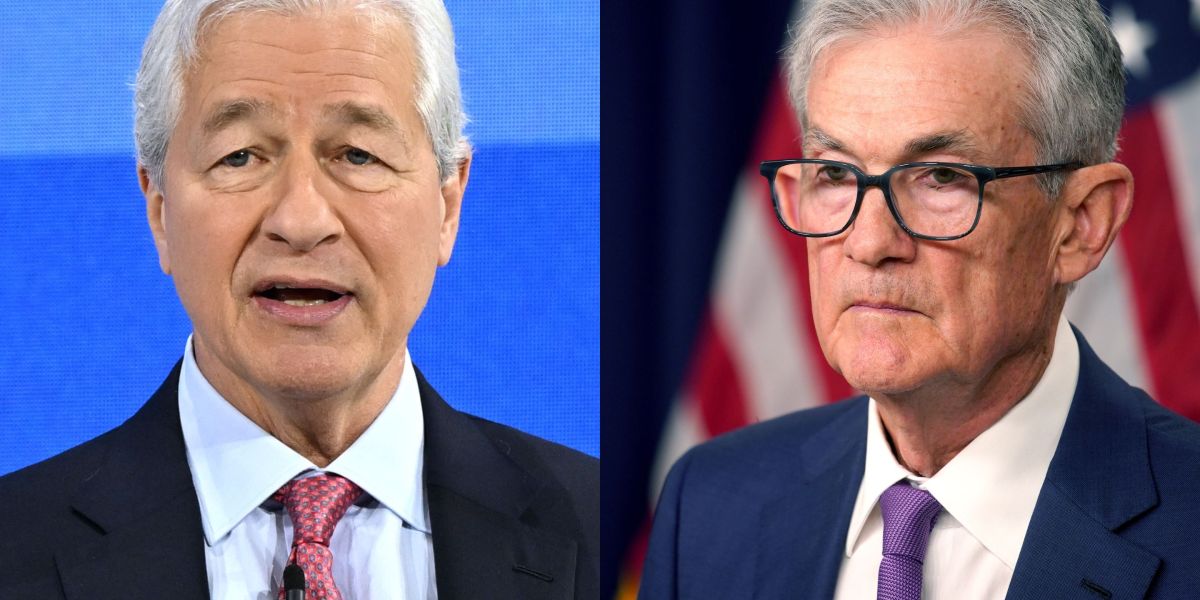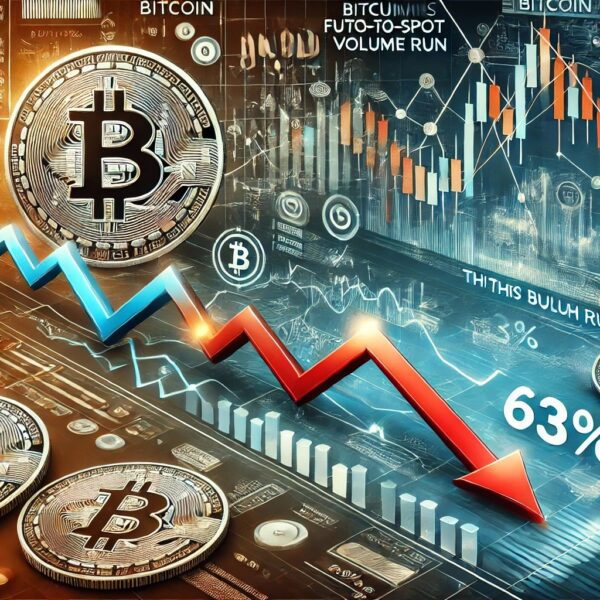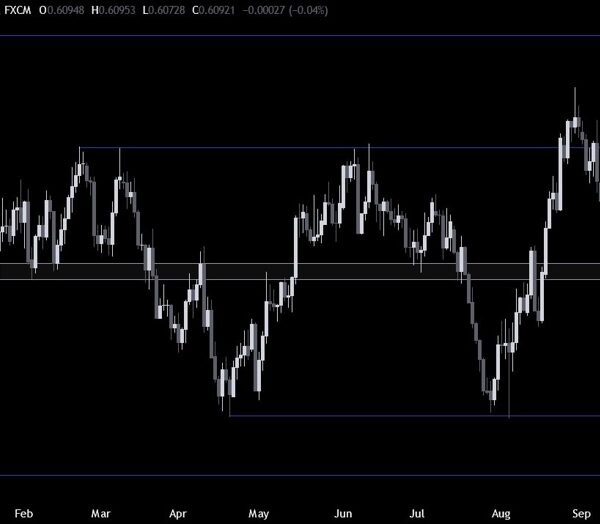

A year ago Jerome Powell explicitly laid out his task and that of his committee peers: “It is the Fed’s job to bring inflation down to our 2% goal, and we will do so,” he said.
While inflation has come down, it has yet to reach this benchmark. Moreover, the lesser-considered half of the Fed’s dual mandate—unemployment—is beginning to cause some trouble.
This factor has led JPMorgan Chase CEO Jamie Dimon to question whether the Fed’s task is even achievable.
Speaking to CNBC in an interview published yesterday, 68-year-old Dimon said: “There’s a lot of uncertainty out there. I’ve always pointed to the geopolitics, I always think the deficits, the spending, the quantitive tightening, the elections—all these things cause some consternation in the markets so we’ll have to wait and see.”
“Does inflation really get back to 2%?” the Wall Street veteran continued. “I’m a little bit of a skeptic on that.”
This reasoning is based on future factors, he explained: “I don’t look as much at the short-term data as about the things that are inflationary but are in the future.”
“Deficits, spending, green economy, remilitarization of the world. They haven’t really happened yet but they are going to happen—and they’re not really deflationary.”
Dimon, who repeatedly highlights JPMorgan’s preparation for a range of economic outcomes, also isn’t as certain as his peers about a soft landing for the economy. While analysts from the likes of UBS see a soft landing as its base case, Dimon gives it a probability of between 35% to 40%.
“It’s always good to look at the odds of what you think as opposed to get set and say: ‘That’s the one thing that’s going to happen,’” Dimon added. “There’s always a large range of outcomes and we will all get through that. And so I’m fairly optimistic that if we have a mild recession, even a harder one, we’d be OK.”
“Of course, I’m very sympathetic to people who lose their jobs. You don’t want a hard landing. But there’s a lot of uncertainty out there,” Dimon added.
Cuts before 2%
While Powell has been clear that his mandate is to get inflation to 2%, he did offer a moment of relief to markets when he said if the inflationary trend was headed the right way he would cut before the benchmark was hit.
“If you wait until inflation gets all the way down to 2%, you’ve probably waited too long, because the tightening that you’re doing, or the level of tightness that you have, is still having effects which will probably drive inflation below 2%,” Powell told the Economic Club of Washington D.C. in July.
At that time Powell was talking ahead of a release from the Bureau of Labor Statistics which threw a wrench in the works.
Last Friday the Labor Department report showed the unemployment rate rose to 4.3%, triggering the Sahm Rule, which indicates whether an economy is about to enter a recession, and kicking off a turbulent few days on the stock markets.
As maintaining employment is the second half of the Fed’s mandate, analysts are hoping that a rate cut will be introduced in September to steady the employment market.
The balance of employment to inflation is a delicate one for the Fed: If employment rates are high this signals the economy is still hot. Even if inflation rates are coming down and employment remains high, the Fed cutting rates could trigger a burst of economic activity owing to cheaper borrowing costs and household spending. This, in turn, could force prices to quickly rebound.
The balancing of the two are among the reasons experts are calling for flexibility around targets. Among the proponents of this plan is Mohamed El-Erian, chief economic advisor at Allianz and president of Queen’s College at Cambridge University.
In an April opinion column for Bloomberg, El-Elerian wrote: “Rather than maintain a policy reaction function anchored by excessive dependence on backward-looking data, the Fed would be well advised to take this opportunity to undertake a belated pivot to a more strategic view of secular prospects.”
“Such a pivot would recognize that the optimal medium-term inflation level for the US is closer to 3% and, as such, give policymakers the flexibility to not overreact to the latest inflation prints.”















